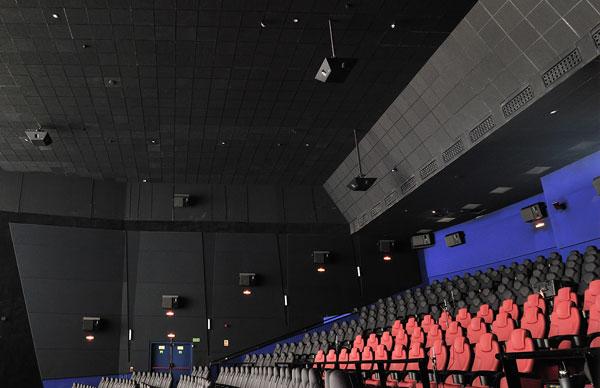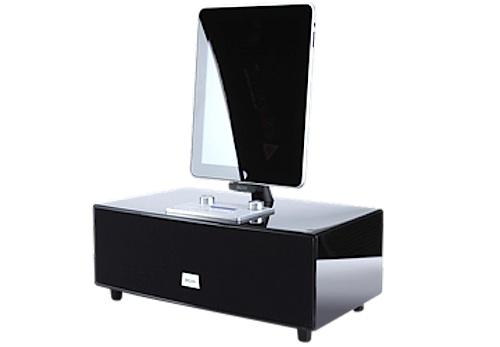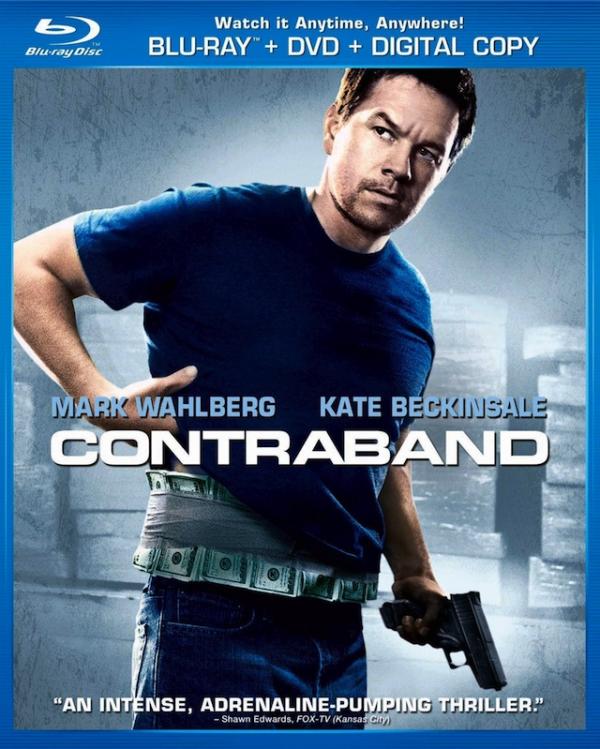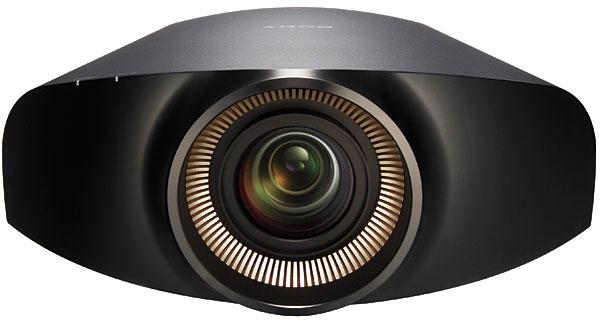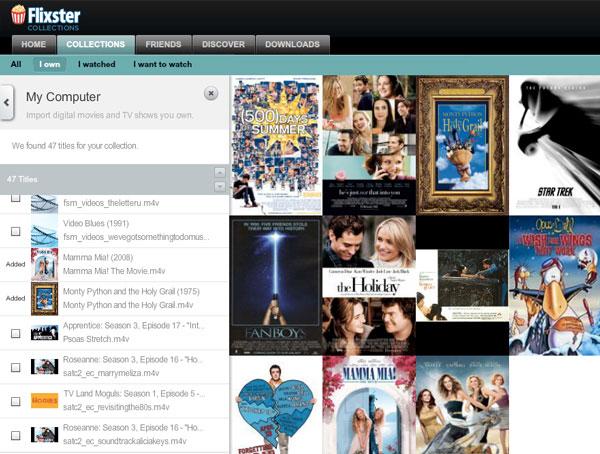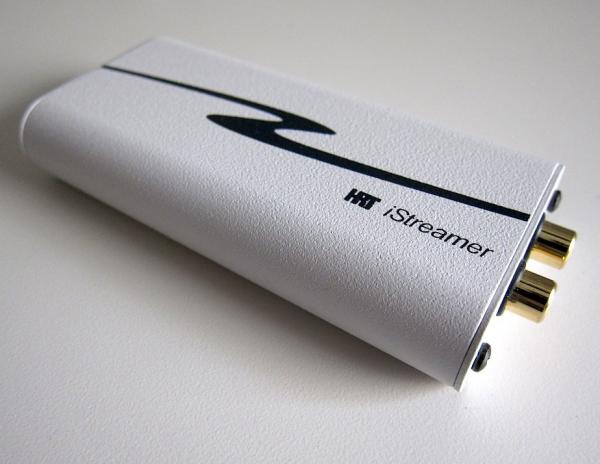LATEST ADDITIONS
|
Apr 25, 2012
|
Apr 24, 2012
|
Apr 24, 2012
|
Apr 23, 2012
|
Apr 23, 2012

 Academy Award-winning sound editor Lon Bender explains the process of adding sound to a movie, how the process has evolved over the years, and how a home-theater mix differs from a commercial-cinema mix. He also shares some anecdotes from several projects he's worked on, including The Hunger Games and Drive, talks about the problem of not enough sound isolation between theaters in a multiplex, answers chat-room questions, and more.
Academy Award-winning sound editor Lon Bender explains the process of adding sound to a movie, how the process has evolved over the years, and how a home-theater mix differs from a commercial-cinema mix. He also shares some anecdotes from several projects he's worked on, including The Hunger Games and Drive, talks about the problem of not enough sound isolation between theaters in a multiplex, answers chat-room questions, and more.
